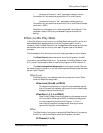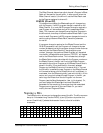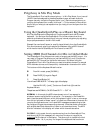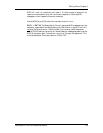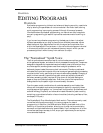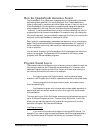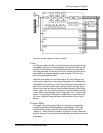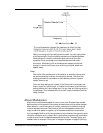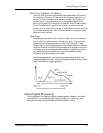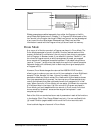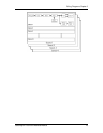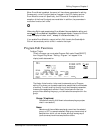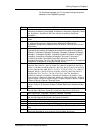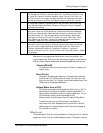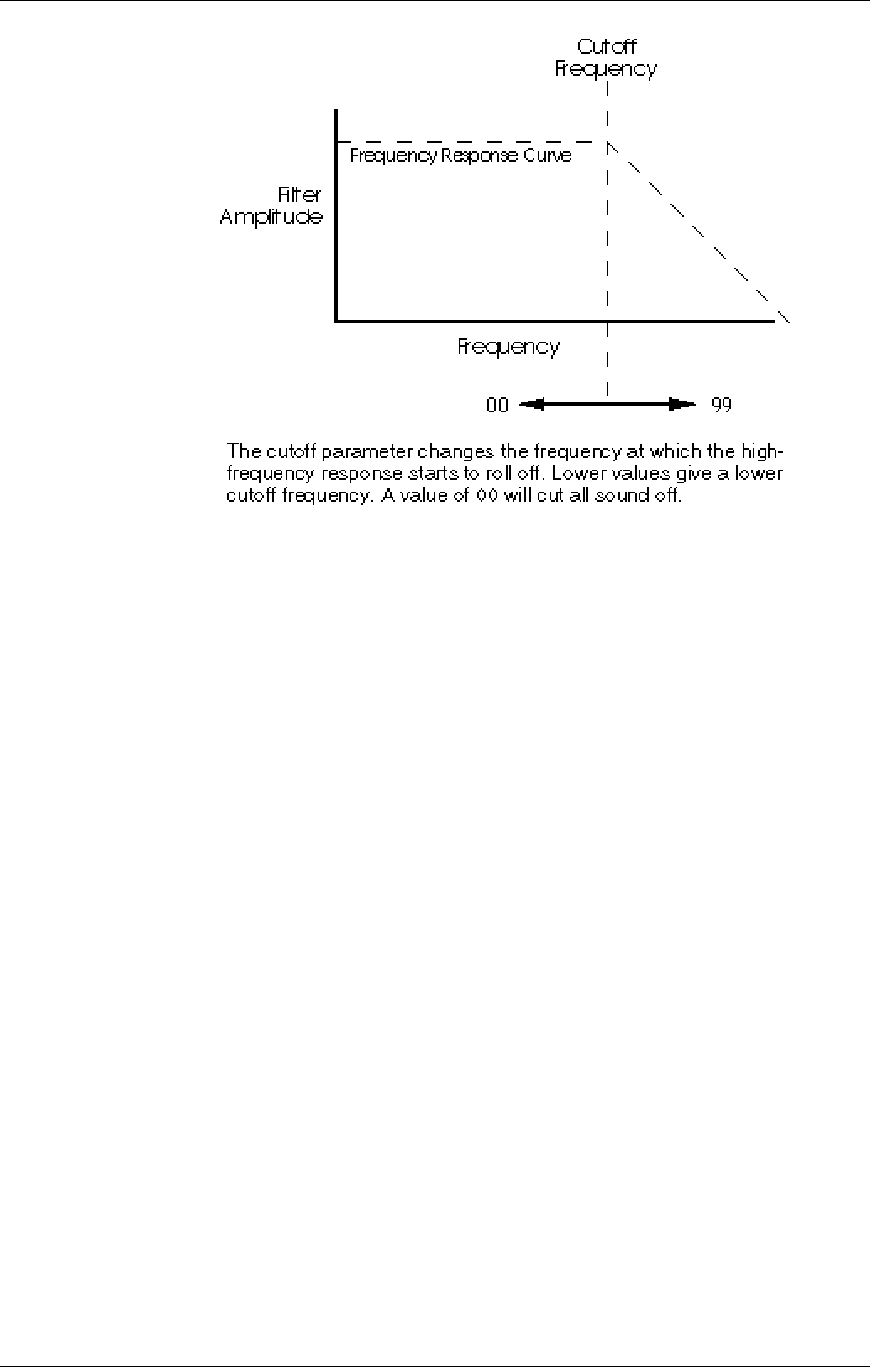
Editing Programs: Chapter 6
QuadraSynth Plus Piano Reference Manual 74
Static (non-changing) filter settings can be useful, but varying the filter
cutoff dynamically over time often produces more interesting effects.
Modulating with velocity produces brighter sounds with louder
dynamics, which produces a more accurate acoustic instrument
simulation. Modulating with an envelope can create a pre-defined
change in harmonic structure, such as having a brighter attack and
bassier decay.
Amp
Each voice/filter combination is followed by an amplifier whose level
can be controlled by a variety of modulation sources. This allows for
creating sounds with percussive or slow attacks, particular types of
decays, tremolo, etc.
Filter and amp settings can interact. If the filter cutoff is extremely low,
then no signal will get through, no matter how the amp is set. Similarly,
setting the amp for a short decay won’t let you hear any filtering set for a
longer decay. This is because the volume will reach zero before the filter
decay finishes.
About Modulation
Modulation modifies some aspect of a sound over time. Since oscillators make
static sounds (unlike acoustic instruments, whose timbre and dynamics change—
often radically—over the duration of a note), modulation is the key to making
rich and expressive sounds. The vibrato of a flute, the expression pedal of an
organ, a wah-wah pedal on a guitar--all of these are examples of modulation.
You're probably familiar with the mod wheel of a synthesizer, that typically adds
vibrato to a Program as it is raised. But in synthesizer programming, modulation
is used to control even the basic characteristics of a voice: its attack, decay, and
release times, for example. Every box in the signal diagram on page 51 pointing



